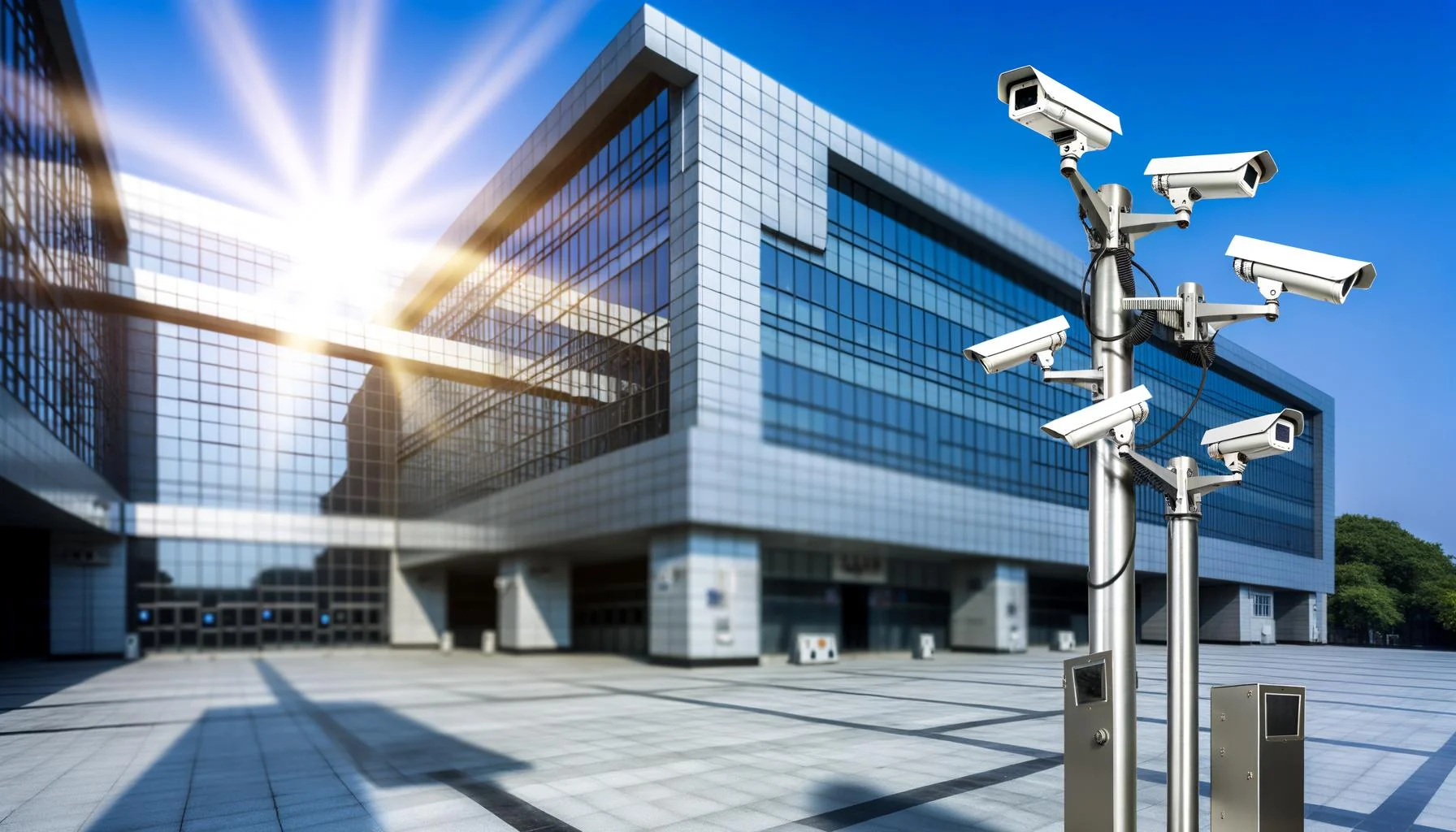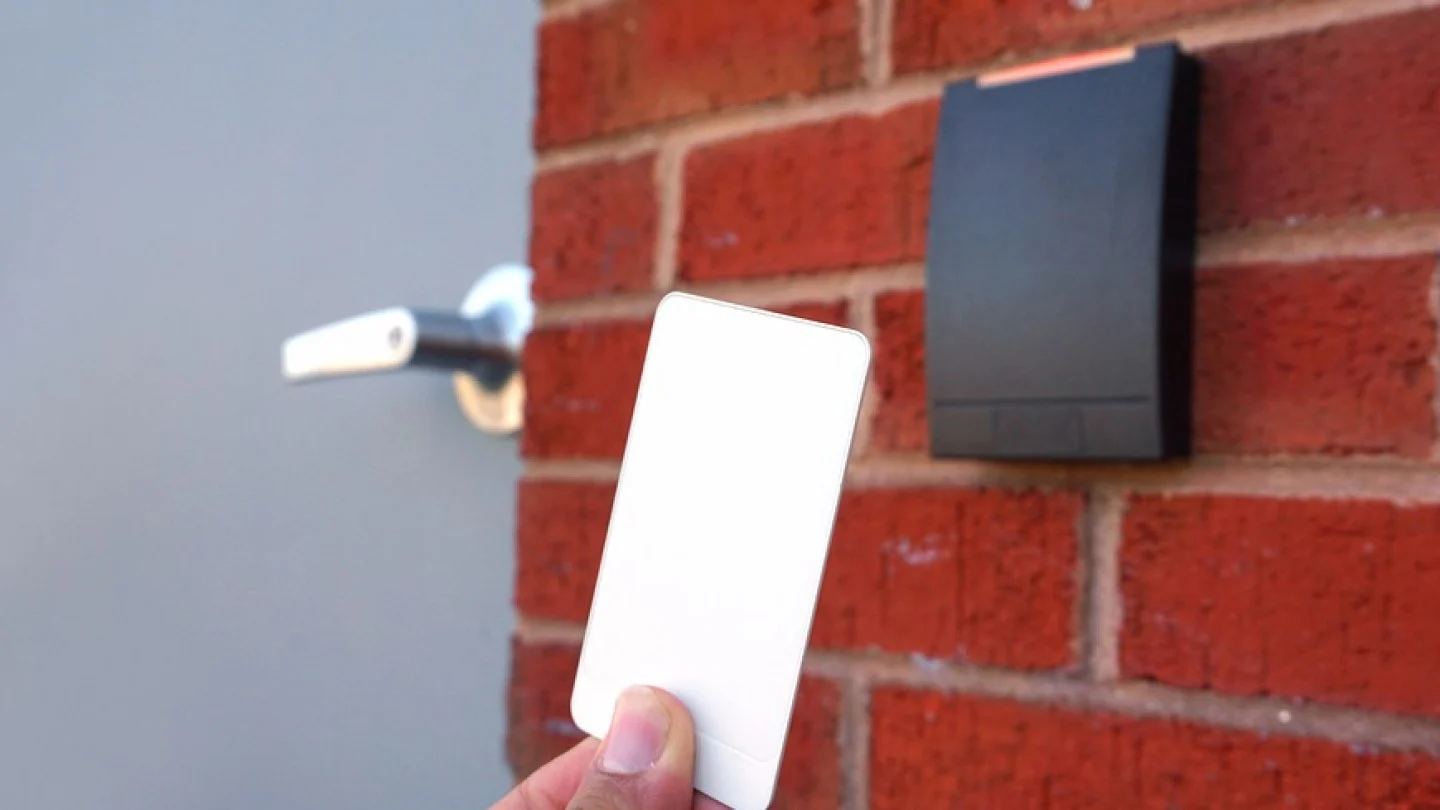When developing a comprehensive commercial security system, two fundamental components typically come to the forefront: access control and video surveillance. While both serve distinct purposes, when combined strategically, they can create a powerful synergy that enhances overall security measures. Knowing the benefits of integrating access control and video surveillance systems, as well as understanding how these systems complement each other, can help you develop a comprehensive protection system for your business.
Access Control & Video Surveillance 101: The Basics
Access control refers to the mechanisms and systems that regulate entry and exit to a physical space. It ensures that only authorized individuals are granted access to specific areas, thereby safeguarding assets, information, and personnel. Video surveillance, as the name implies, involves the use of cameras and monitoring equipment to capture and record visual data for security purposes. It provides a means to monitor activities, deter potential threats, and review incidents after they occur.
The Benefits of Combining Access Control and Video Surveillance Components
The integration of access control and video surveillance creates a holistic security solution that offers several advantages. One of the key benefits is enhanced situational awareness. By combining access control data with video footage, security personnel can have a comprehensive view of who is accessing various areas at any given time. This real-time visibility helps identify anomalies, potential security breaches, or unauthorized access attempts, enabling proactive measures to be taken promptly.
Another advantage is improved incident response and investigation capabilities. When an incident occurs, having video footage synchronized with access control data provides a detailed account of events. Security personnel can quickly review the footage to understand the sequence of actions leading up to the incident and identify individuals involved. This information is invaluable for investigations, as it aids in determining the cause, identifying culprits, and providing evidence if legal action is required.
The integration also enhances the effectiveness of access control systems. By linking access control with video surveillance, administrators can visually confirm the identity of individuals requesting access. This mitigates the risk of unauthorized entry through stolen or forged credentials. Additionally, in high-security areas or sensitive environments, video verification can be utilized to grant access only after visual confirmation is made, adding an extra layer of validation.
The Synergy Between Both Systems Reduces the Overall Risk Factor for Businesses
The synergy between access control and video surveillance also strengthens the deterrence factor. The presence of visible cameras acts as a deterrent against potential intruders or malicious activities. Integrating access control data with video analytics allows for the creation of intelligent rules and alarms. For instance, if an access control system detects a forced entry attempt, it can trigger the corresponding camera to focus on the affected area and send alerts to security personnel. Such proactive measures discourage unauthorized access attempts and enhance the overall security posture of the facility.
The integration of the two systems also provides valuable data for security analysis and optimization. By correlating access control events with video footage, patterns and trends can be identified. This information can help refine security protocols, optimize staffing levels, and improve overall operational efficiency. It also enables proactive maintenance of access control and video surveillance systems, ensuring they remain functional and reliable.
Businesses Must Be Transparent About Employee Privacy and Data Protection
It is important to recognize potential concerns surrounding privacy and data protection with any commercial security system. Organizations must establish clear policies regarding the collection, storage, and use of data gathered from access control and video surveillance systems. Implementing robust security measures, such as encryption and access controls for data storage, and adhering to relevant privacy regulations can help alleviate these concerns.
Contact Solucient Security Today
Want to learn more about leveraging access control and video surveillance to protect your commercial property? Schedule a call with a Solucient security expert today.




